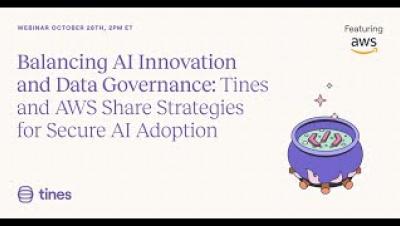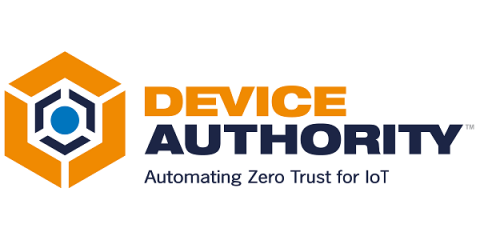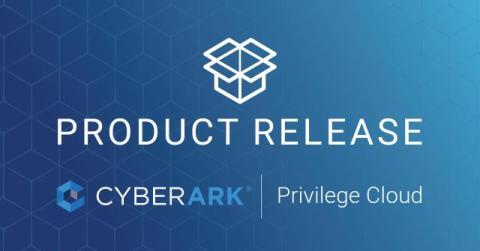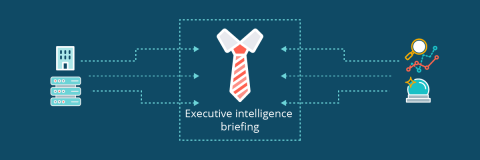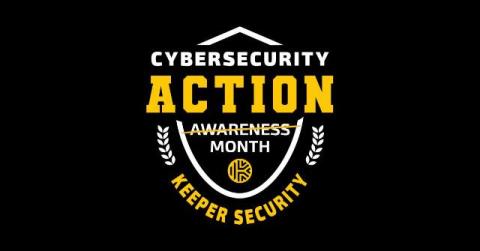Balancing AI Innovation and Data Governance: Tines and AWS Share Strategies for Secure AI Adoption
Are you struggling to balance the productivity gains delivered by Generative AI with security, data privacy and compliance concerns? In this webinar, Tines and AWS share how you can develop effective strategies to mitigate these risks while providing models with enough contextual information to allow them to solve problems accurately and effectively. You’ll hear from industry leaders who created a secure-by-design approach to building AI features and will learn.


